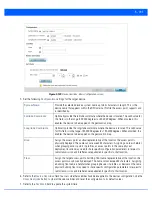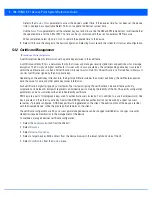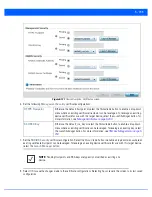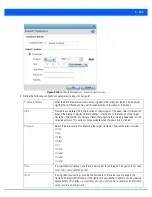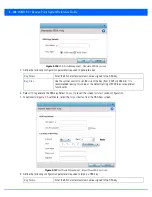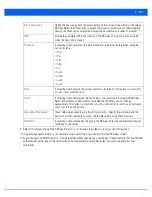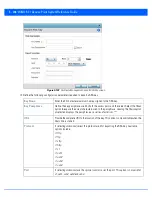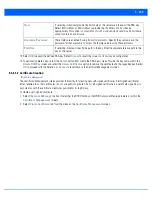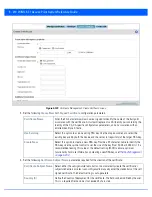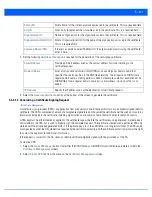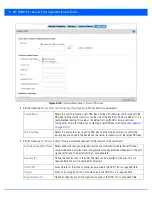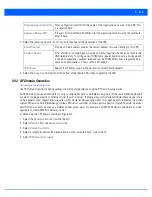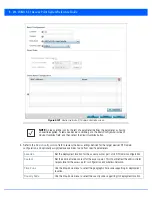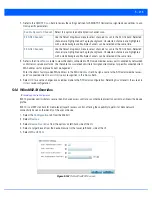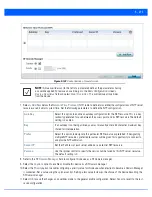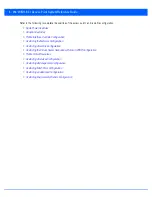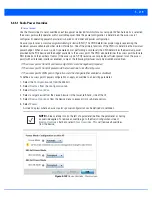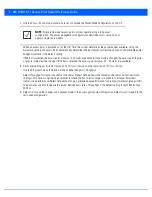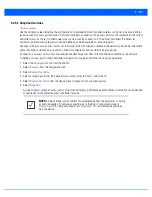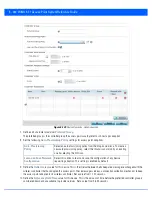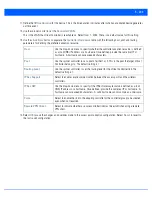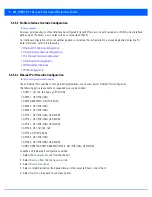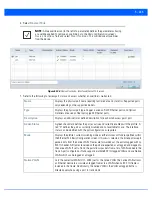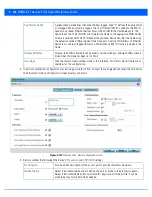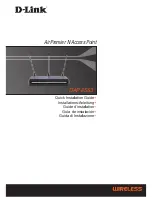
5 - 211
5. Set the following
Additional Credentials
required for the generation of the self-signed certificate:
6. Select the
Generate Certificate
button at the bottom of the screen to generate the certificate.
5.4.2.1.3 Generating a Certificate Signing Request
A
certificate signing request
(CSR) is an application from a requestor to a certificate authority to issue a digitally signed identity
certificate. The CSR is composed of a block of encrypted text generated on the server the certificate will be used on. It contains
information included in the certificate, including organization name, common name (domain name), locality and country.
A RSA key must be either created or applied to the certificate request before the certificate can be generated. A private key is
not included in the CSR, but is used to digitally sign the completed request. The certificate created with a particular CSR only
worked with the private key generated with it. If the private key is lost, the certificate is no longer functional. The CSR can be
accompanied by other identity credentials required by the certificate authority, and the certificate authority maintains the right
to contact the applicant for additional information.
If the request is successful, the CA sends an identity certificate digitally signed with the private key of the CA.
To create a CSR:
1. Select the
Launch Manager
button from either the
SSH RSA Key
or
RADIUS Server Certificate
parameters (within the
Certificate Management
screen).
2. Select
Create
CSR
tab from the menu on the
Certificate Management
screen.
State (ST)
Enter a State for the state or province name used in the certificate. This is a required field.
City (L)
Enter a City to represent the city name used in the certificate. This is a required field.
Organization (O)
Define an Organization for the organization used in the certificate. This is a required field.
Organizational Unit (OU)
Enter an Organizational Unit for the name of the organization unit used in the certificate.
This is a required field.
Common Name (CN)
If there is a common name (IP address) for the organizational unit issuing the certificate,
enter it here.
Email Address
Provide an E-mail address used as the contact address for issues relating to this
certificate request.
Domain Name
Enter a
fully qualified domain name
(FQDN) as an unambiguous domain name that
specifies the node's position in the DNS tree hierarchy. To distinguish an FQDN from a
regular domain name, a trailing period is added. For example, somehost.example.com. An
FQDN differs from a regular domain name by its absoluteness, since s a suffix is not
added.
IP Address
Specify the IP address used as the destination for certificate requests.
Summary of Contents for WiNG 5.7.1
Page 1: ...WiNG 5 7 1 ACCESS POINT SYSTEM REFERENCE GUIDE ...
Page 2: ......
Page 3: ...WING 5 7 1 ACCESS POINT SYSTEM REFERENCE GUIDE MN001977A01 Revision A April 2015 ...
Page 4: ...ii WiNG 5 7 1 Access Point System Reference Guide ...
Page 24: ...1 4 WiNG 5 7 1 Access Point System Reference Guide ...
Page 36: ...2 12 WiNG 5 7 1 Access Point System Reference Guide ...
Page 72: ...3 36 WiNG 5 7 1 Access Point System Reference Guide ...
Page 470: ...5 386 WiNG 5 7 1 Access Point System Reference Guide ...
Page 472: ...6 2 WiNG 5 7 1 Access Point System Reference Guide Figure 6 1 Configuration Wireless menu ...
Page 624: ...7 46 WiNG 5 7 1 Access Point System Reference Guide ...
Page 724: ...9 56 WiNG 5 7 1 Access Point System Reference Guide ...
Page 783: ...12 35 Figure 12 46 Device Summary screen 4 Click File Management ...
Page 816: ...12 68 WiNG 5 7 1 Access Point System Reference Guide ...
Page 1006: ...13 190 WiNG 5 7 1 Access Point System Reference Guide ...
Page 1026: ...14 20 WiNG 5 7 1 Access Point System Reference Guide ...
Page 1028: ...A 2 WiNG 5 7 1 Access Point System Reference Guide ...
Page 1089: ......
Page 1090: ...MN001977A01 Revision A April 2015 ...

